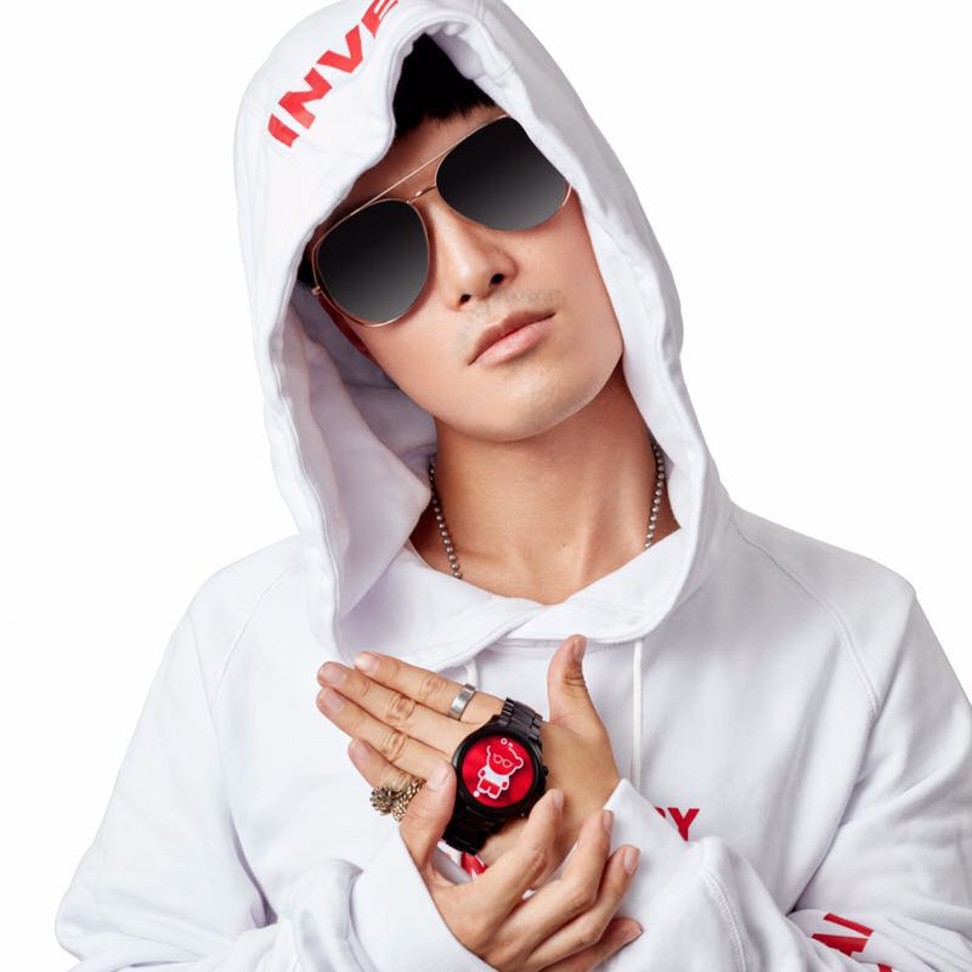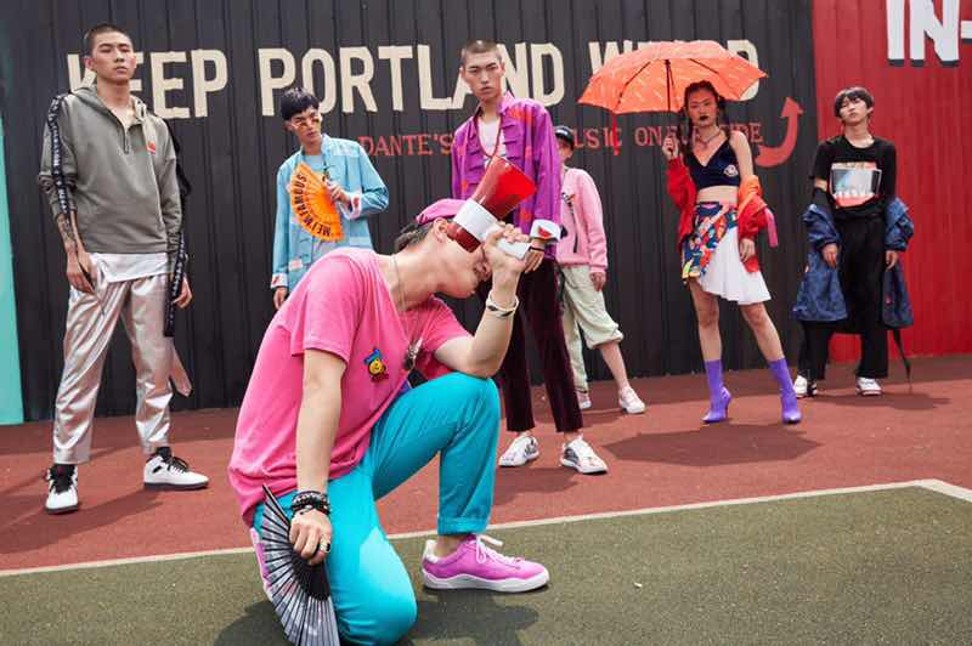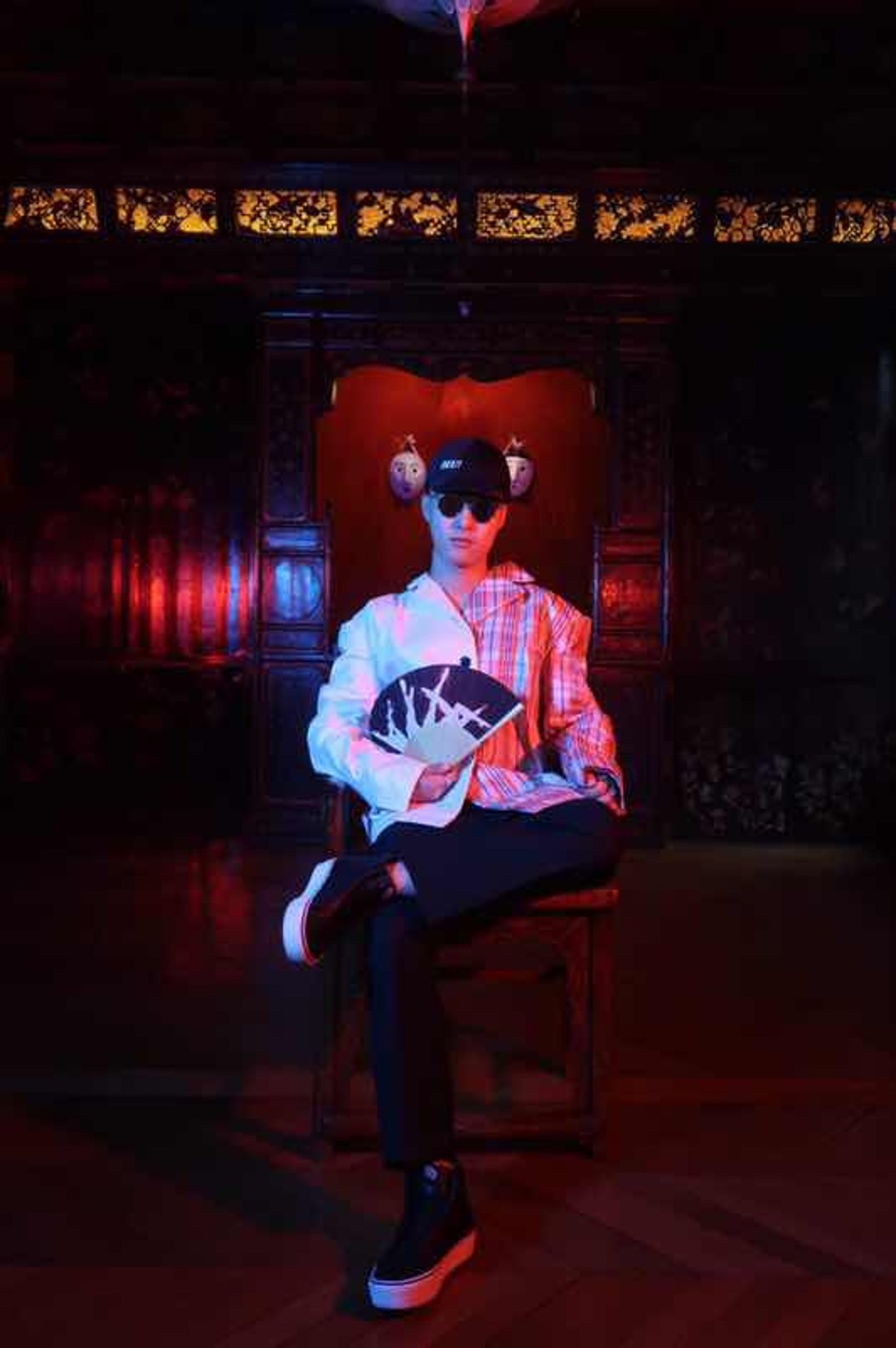
How fashion influencer and KOL Peter Xu is changing social media in China
Fed up with taking selfies and editing photos of himself to fit in with the trend of looking flawless, Xu is ditching the shallow content that permeates China’s social media fashion channels and adopting a more long-term view
Peter Xu’s ascent to Chinese fashion stardom is not quite the conventional tale. He started as an aspiring rapper and celebrity English language teacher before becoming a successful fashion influencer across multiple online platforms. He eventually became recognised as a key opinion leader (KOL) in the industry, with 1.5 million followers on Weibo.
Today, however, he is less interested in online stardom and showing off, and more in using his fame to launch his production house, Peter Xu Studio, which he established in 2016.
China’s beauty trends: KOLs, organics, more make-up, and men
“When I was a full-time blogger, around 2012 to 2015, I did a lot of selfies and very edited pictures of myself, but I hated it,” Xu explains as we sit inside a popular Japanese restaurant in Shanghai’s former French Concession. “In the China market, people prefer flawless looking guys, these xiao xian rou or ‘little fresh meat’. I didn’t like this shallow content, this one-dimensional showing off. I want to show all the sides of fashion. My plan is to work in this industry until I’m in my 70s because I love it.
“Today, the focus is now on my team, not just me. It’s about transforming the KOL model … I’ve now left that KOL star stage behind me.”

His team includes a handful of full-time workers and over 100 freelancer photographers, photo editors, producers and other creative personnel. Together they do photo and video production for lifestyle brands, shows and fashion labels, as well as the odd music video and marketing campaign.
But Xu’s studio does not only produce content. It can also post on its multiple social media channels – from Xu’s influencer years – where he says their clicks reach the millions in China. The studio also works with celebrities and models for branded product placement and endorsements.
“We shot over 100 videos last year,” says Xu, who is often dressed in Balenciaga or luxe streetwear of the Vetements and Off-White variety. “And for runway and event images, 15 to 30 minutes after the pictures are taken they are all edited and retouched on-site.”

The dream, Xu says, is to be a localised multimedia version of nowfashion.com in China. “We want to maximise the spread of the content. Our motto is ‘style for now’ – we focus on the here and now.
“The first year the studio made about €500,000 [US$600,000] in profit and in 2017 it was over double that. After switching from being a blogger to a production house, we are generating so much more revenue.”

Today, it’s not uncommon for China’s most successful social media fashion stars to make millions of yuan a year from brand-sponsored posts, collaborations and some e-commerce sales. But just like the rest of the world, the first generation of social media influencers in China are still figuring out how to transfer fame built on youth and good looks into something with more longevity. Few manage to build successful new businesses as they move away from focusing on their cult of personality.

Xu’s adaptability perhaps stems from the many career paths he has already taken, despite only being in his 30s.
A shy kid in high school, he turned to rap music to express his rebellious side. As an adult, he did a stint in branding for L’Oreal and then worked as a celebrity English teacher in China, where education is a lucrative business and celebrity teachers are common.
During that time he saw the top teachers at his institute getting rich and splashing their cash on expensive cars and conspicuous luxury clothing.
“It was tasteless, and it was confusing the Chinese people about fashion. They associated luxury with fashion, which is not the case. I thought they should be educated about fashion properly.”
After going on a national reality television show in 2012, Xu’s social media following grew rapidly and fashion brands started taking notice. At that time, luxury was booming in China, and the work came easily.
I stopped blogging for and working with [Louis Vuitton] in 2013 because I was sick and tired of the KPIs that they wanted delivered
Just six years on, though, and the luxury and fashion landscape in China has become much more complex. As the market diversifies and consumers become more discerning, brands are vying for position in an increasingly competitive arena.
“Everyone wants to be Gucci,” Xu says. “So many brands are trying to be really different and connect with the millennials, but they are still very traditional in terms of communication. Most brand content has to be approved by Milan or Paris headquarters, who don’t react quickly to changes. In Chinese social media, everything happens at light speed – so they need to catch up.”
Millennials push Chinese streetwear to new heights as they seek ways to express themselves
While social media popularity has gained him recognition among people ranging from his neighbours to random taxi drivers, Xu says: “It’s powerful, but I think it can be overrated. For example, new channels like live streaming are actually going down in popularity because too many people are doing it and the government is cracking down. And there’s a lot of poor quality stuff out there.”

So what are big brands getting right in China – and what are they getting wrong? Xu says investment in localised content and brand offerings is a move in the right direction, but argues that too many brands are “applying this mega marketing strategy”.
“Take Louis Vuitton, for example,” he says, “I stopped blogging for and working with them in 2013 because I was sick and tired of the KPIs that they wanted delivered – they don’t even know that the agencies fake the numbers.”

And instead of delivering on a concept and making people “dream” about fashion, many brands try to take short cuts to quick sales.
“Sometimes at the studio I’m pushed to do it too but I don’t want to. That’s why now I prefer to focus more on the content and quality instead of just the numbers that we generate.”

